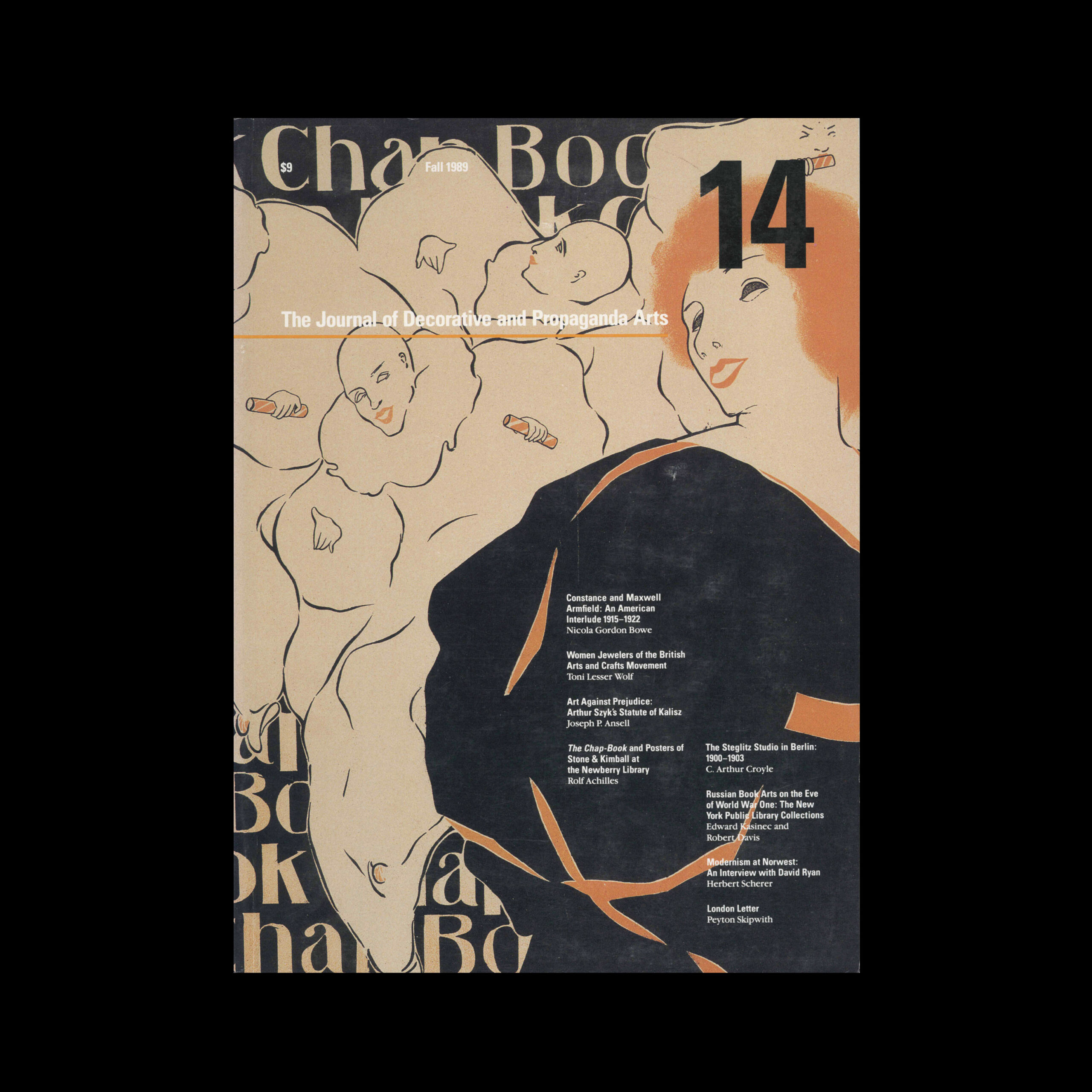
Information
Content includes:
Constance and Maxwell Armfield: An American Interlude 1915-1922 by Nicola Gordon Bowe
Women Jewelers of the British Arts and Crafts Movement by Toni Lesser Wolf
Art against Prejudice: Arthur Szyk’s Statute of Kalisz by Joseph P. Ansell
The Chap-Book and Posters of Stone & Kimball at The Newberry Library by Rolf Achilles
The Steglitz Studio in Berlin: 1900-1903 by C. Arthur Croyle
Russian Book Arts on the Eve of World War One: The New York Public Library Collections by Edward Kasinec and Robert Davis
Modernism at Norwest: An Interview with David Ryan
London Letter by Peyton Skipwith
Details
Linked Information
